Divrei Torah Depot: Shabbos Parshas Noach 5786
Want us to include one that is not here. Please send us an email.

Want us to include one that is not here. Please send us an email.

Want us to include one that is not here. Please send us an email.

There are at least 16 things that are a must know about Simchas Torah.

One of the general differences between Litvaks (Misnagdim) and Chassidim lies in what they do on the holiday of Shmini Atzeres regarding eating in the Sukkah.

Want us to include one that is not here. Please send us an email.
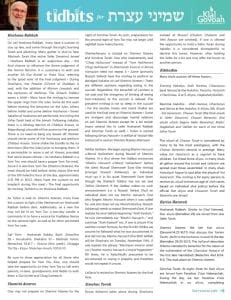
On Leil Hoshana Rabbah, many have a custom to stay up late, and some through the night, learning Torah and davening.
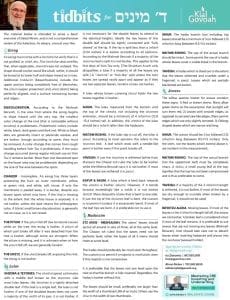
An esrog must come with a hechsher to verify that it is not grafted, or orlah, etc. This hechsher also certifies that, when applicable, shemitta was not violated.
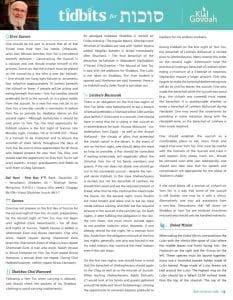
One should do his part to ensure that all of Klal Yisrael have their Yom Tov needs. Otherwise, one’s own Mitzvas Simchas Yom Tov is considered severely deficient

Want us to include one that is not here. Please send us an email.


With the approach of Rosh Hashana, when we partake of fresh fruits and other traditional foods, STAR-K reminds everyone about the need to check many of the items carefully prior to use.
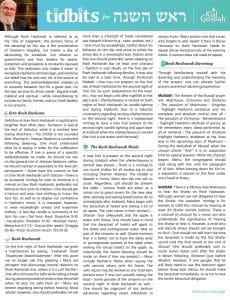
Although Rosh Hashanah is referred to as the “Day of Judgment,” the primary focus of the davening on this day is the proclamation of Hashem’s Kingship, not merely a day of advocating for ourselves.

Want us to include one that is not here. Please send us an email.
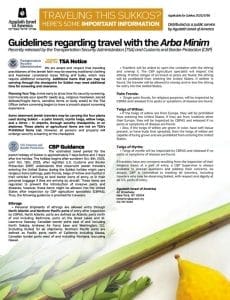
Guidelines and fact sheets for traveling during Succos 2025 are available for download to assist with preparations.

Want us to include one that is not here. Please send us an email.

Want us to include one that is not here. Please send us an email.

Want us to include one that is not here. Please send us an email.

Want us to include one that is not here. Please send us an email.

Want us to include one that is not here. Please send us an email.

Want us to include one that is not here. Please send us an email.
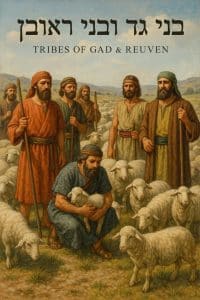
In Parshas Matos (32,16), the tribes of Reuven and Gad come to Moshe with a request to settle in Trans-Jordan.